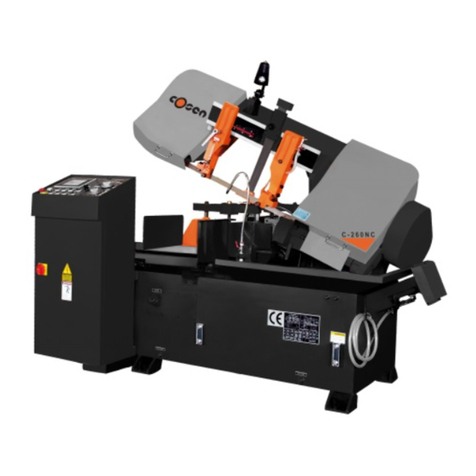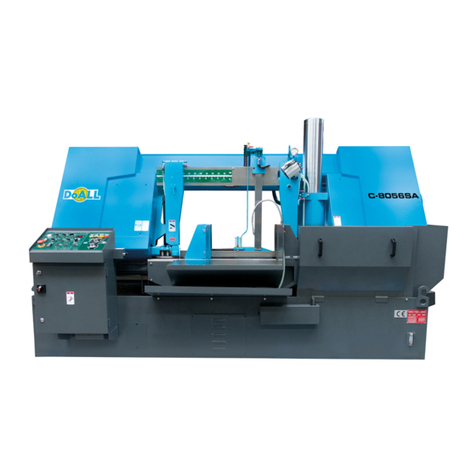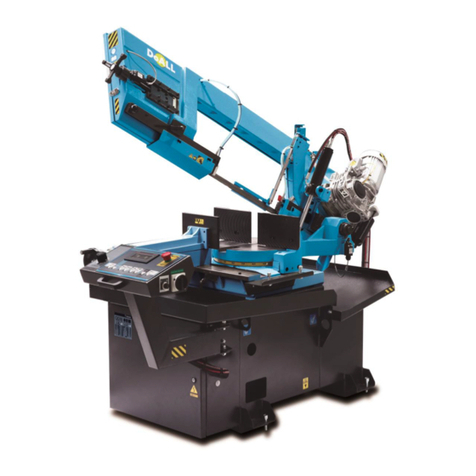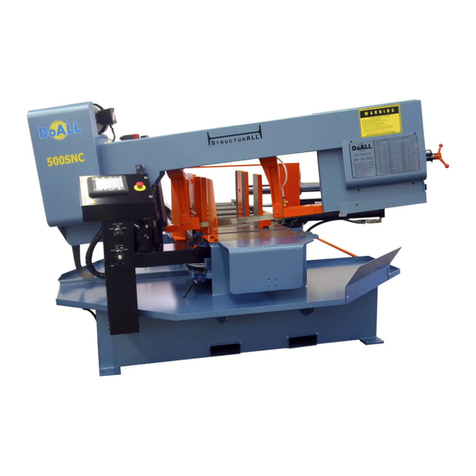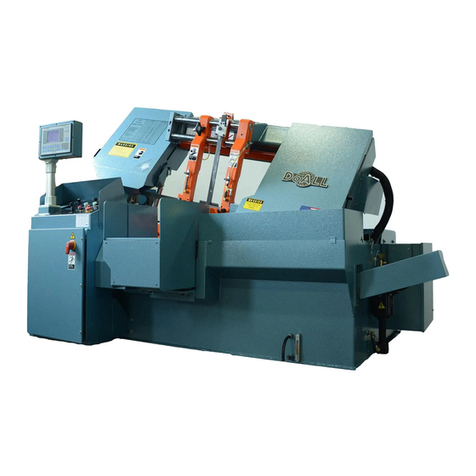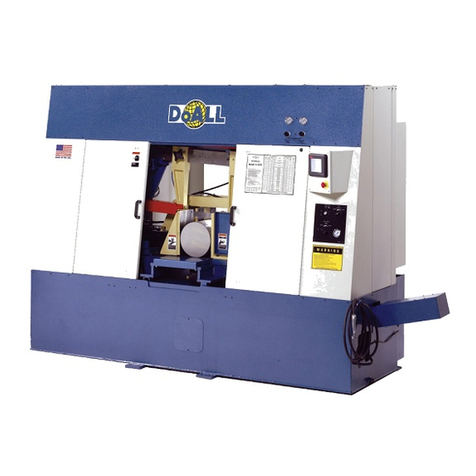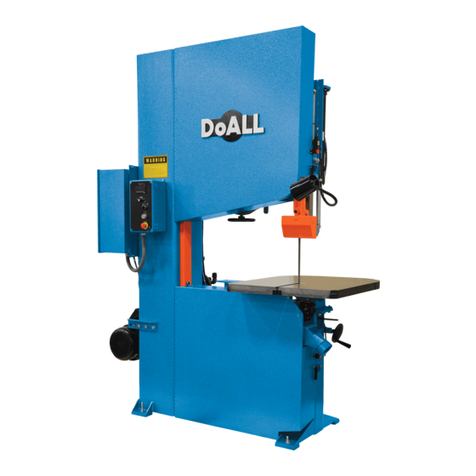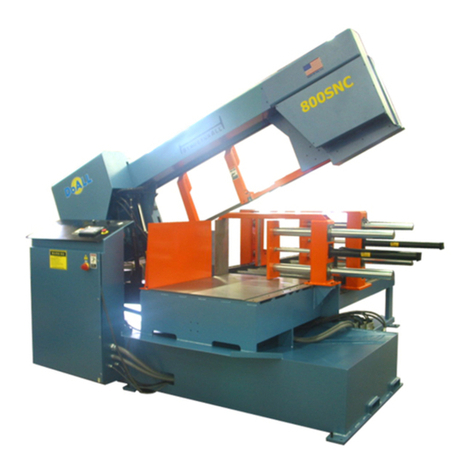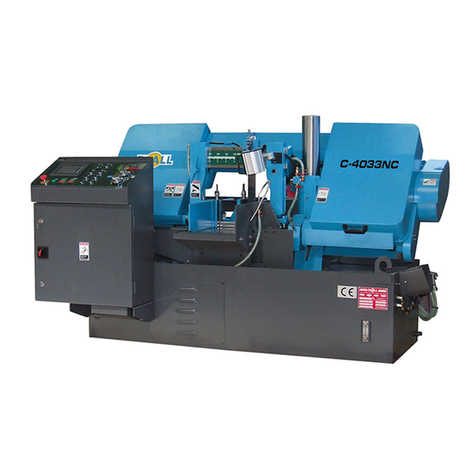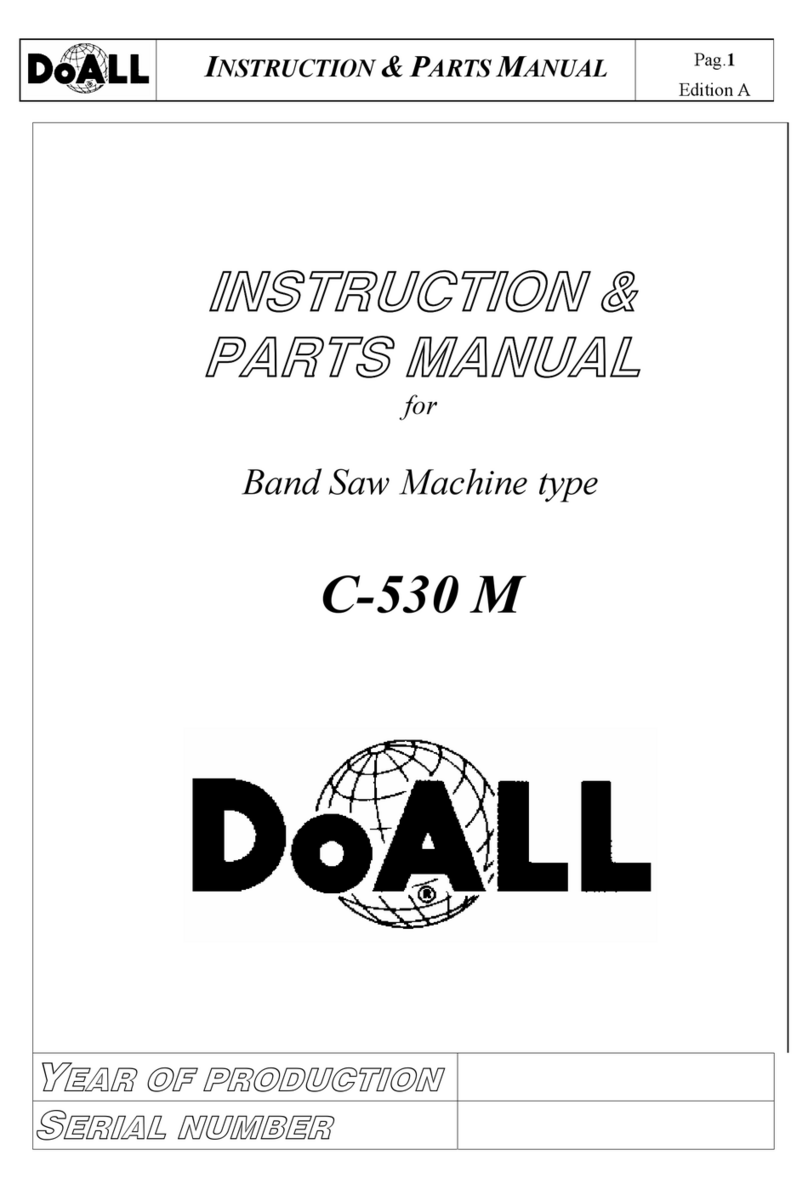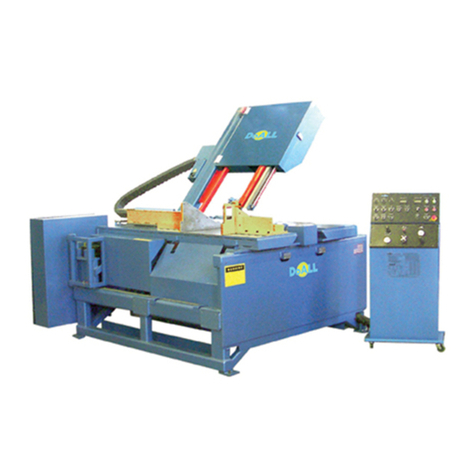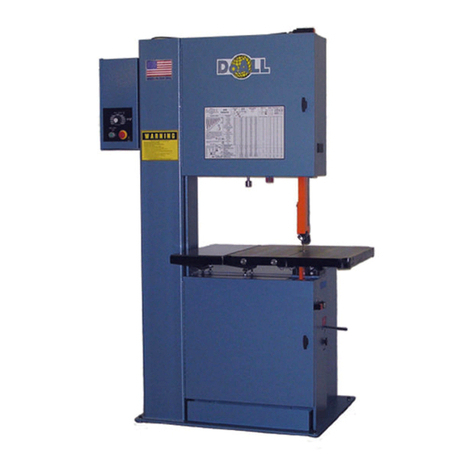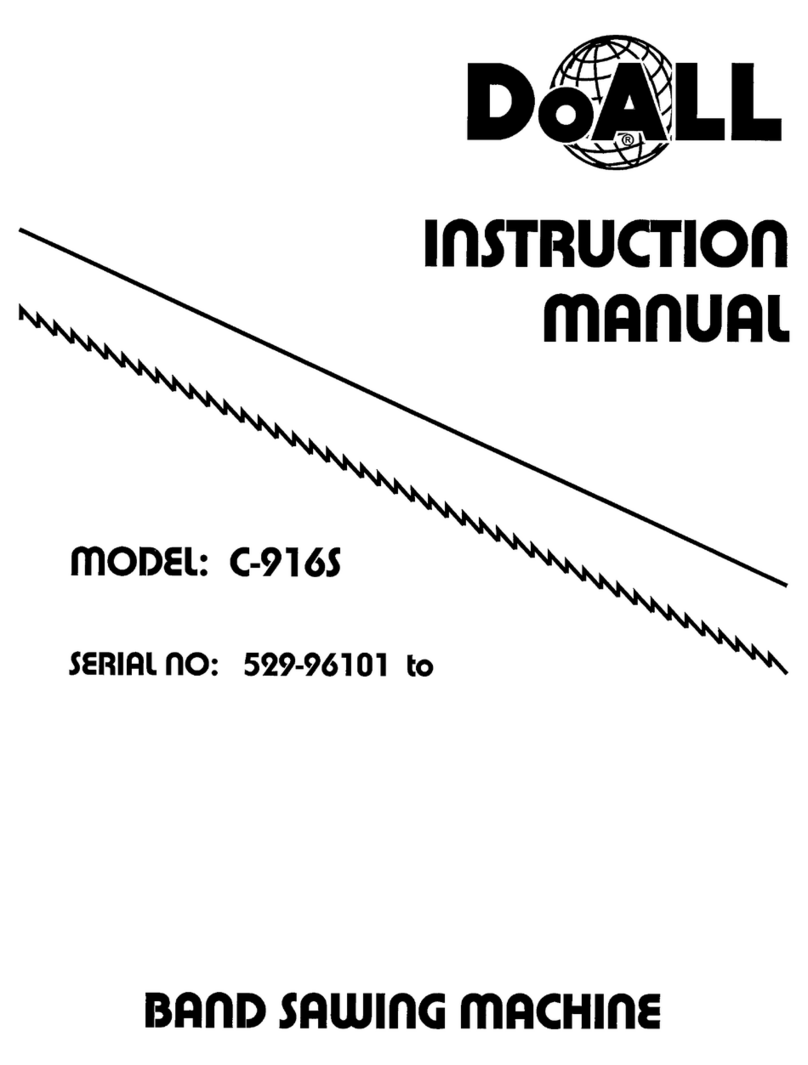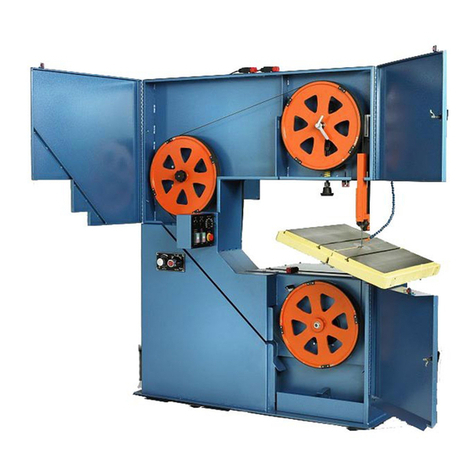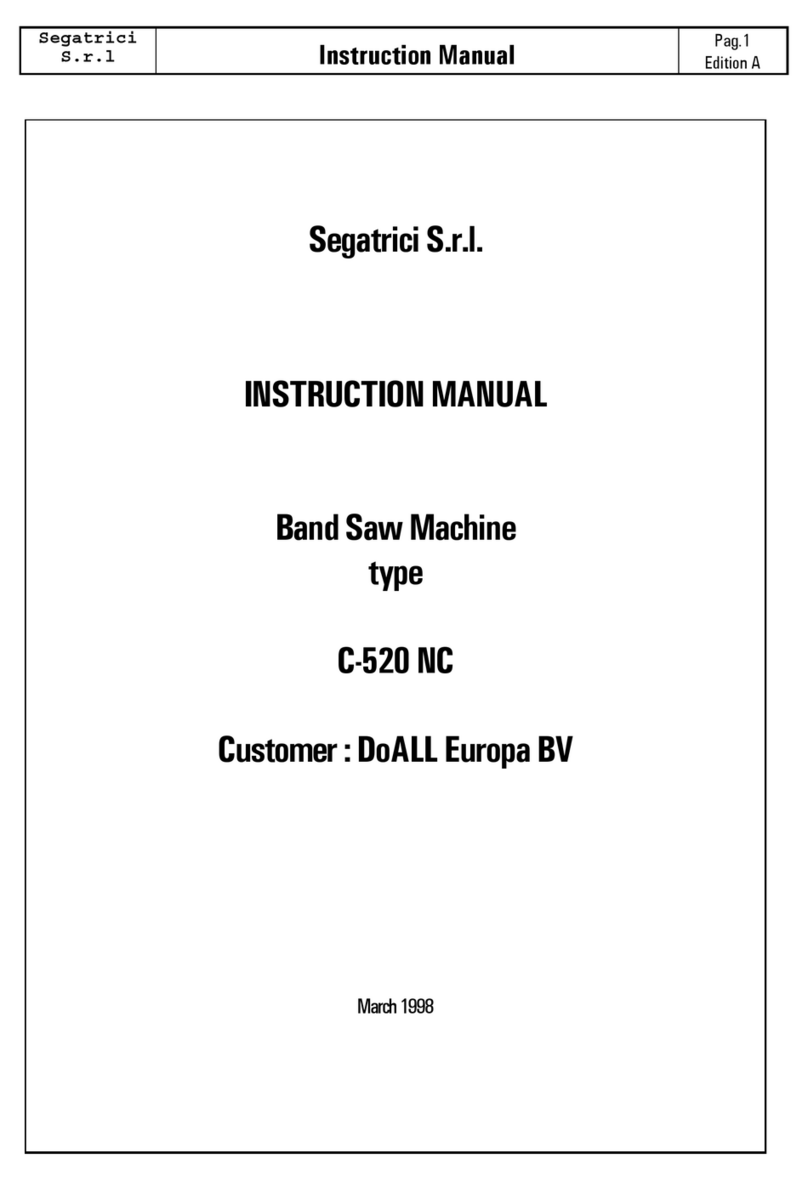
DAMAGE CLAIM PROCEDURES
VISIBLE DAMAGE AT THE TIME OF DELIVERY:
Note damage on carrier's delivery receipt. Accept the shipment. lt can be returned later if repairs
are not possible in the field.
2. Request a "damage inspection" from the delivery carrier:
The carrier will send his own people or contract an independent agency to make the
inspection.
The inspector will request a signature on the report and leave a copy.
c. The carrier "damage inspection" report is not final. lf additional damage is found when
repairs are started, contact the carrier for another inspection; or at least give them the
details of the damage.
Do not move the equipment from the receiving area and keep all shipping materials until carrier
"damage inspection" report is complete.
lf possible, take photographs of the damage and keep them for your files. Photos could possibly
prove a claim at a later time.
Keep a record of all expenses and be sure they are documented.
Repair damage in the field whenever possible. Carriers encourage this to keep expenses down
You have nine (9) months to file a claim.
CONCEALED DAMAGE:
1 . You have fourteen (14) days to report damage not noted at time of delivery.
a. Report damage as soon as possible. This makes it easier to prove that it did not happen
at cosignee's plant.
lnspect machine(s) carefully before moving from the receiving area. Again, if machine is
not moved, it is easier to prove your case.
2. Request a "damage inspection" from the delivery carrier:
The carrier will send his own people or contract an independent agency to make the
inspection.
The inspector will request a signature on the report and leave a copy.
The carrier "damage inspection" report is not final. lf additional damage is found when
repairs are started, contact the carrier for another inspection; or at least give them the
details of the damage.
Do not move the equipment from the receiving area and keep all shipping materials until carrier
"damage inspection" report is complete.
lf possible, take photographs of the damage and keep them for your files. Photos could possibly
prove a claim at a later time.
Keep a record of all expenses and be sure they are documented
Repair damage in the field whenever possible. Carriers encourage this to keep expenses down.
You have nine (9) months to file a claim.
1
a.
b.
3
4
5
6
7
b.
a.
b.
c.
3
4.
5.
6.
7.
